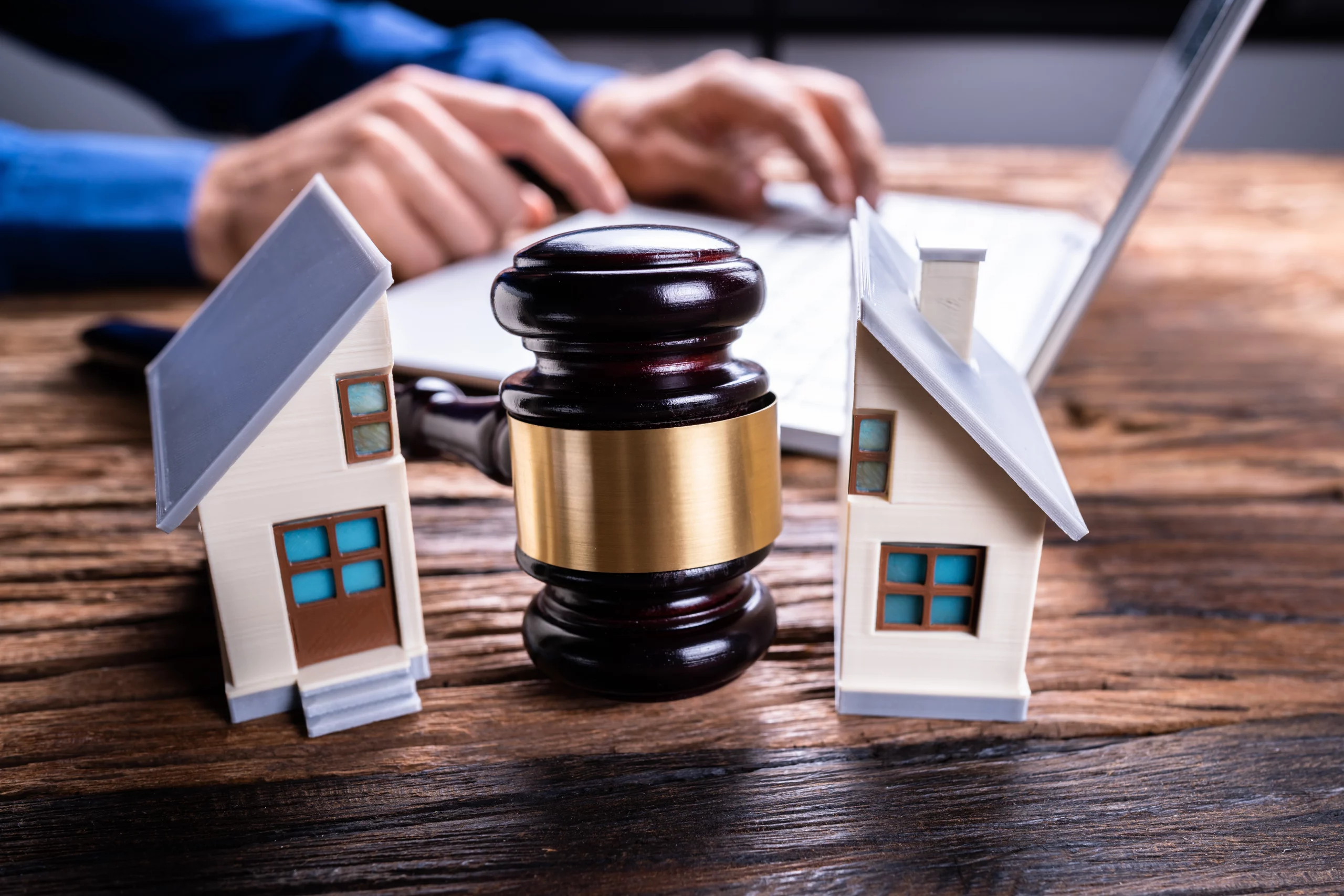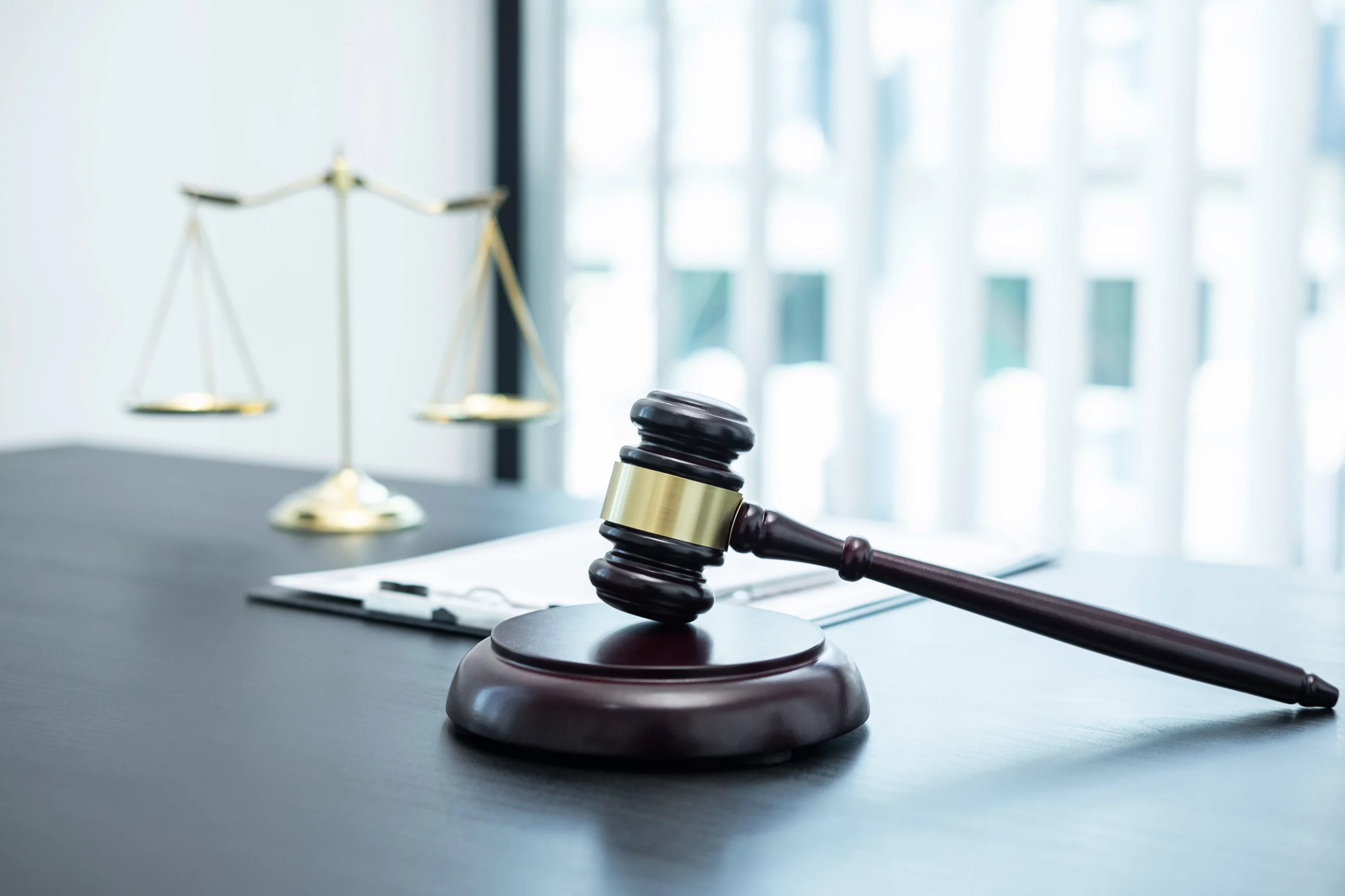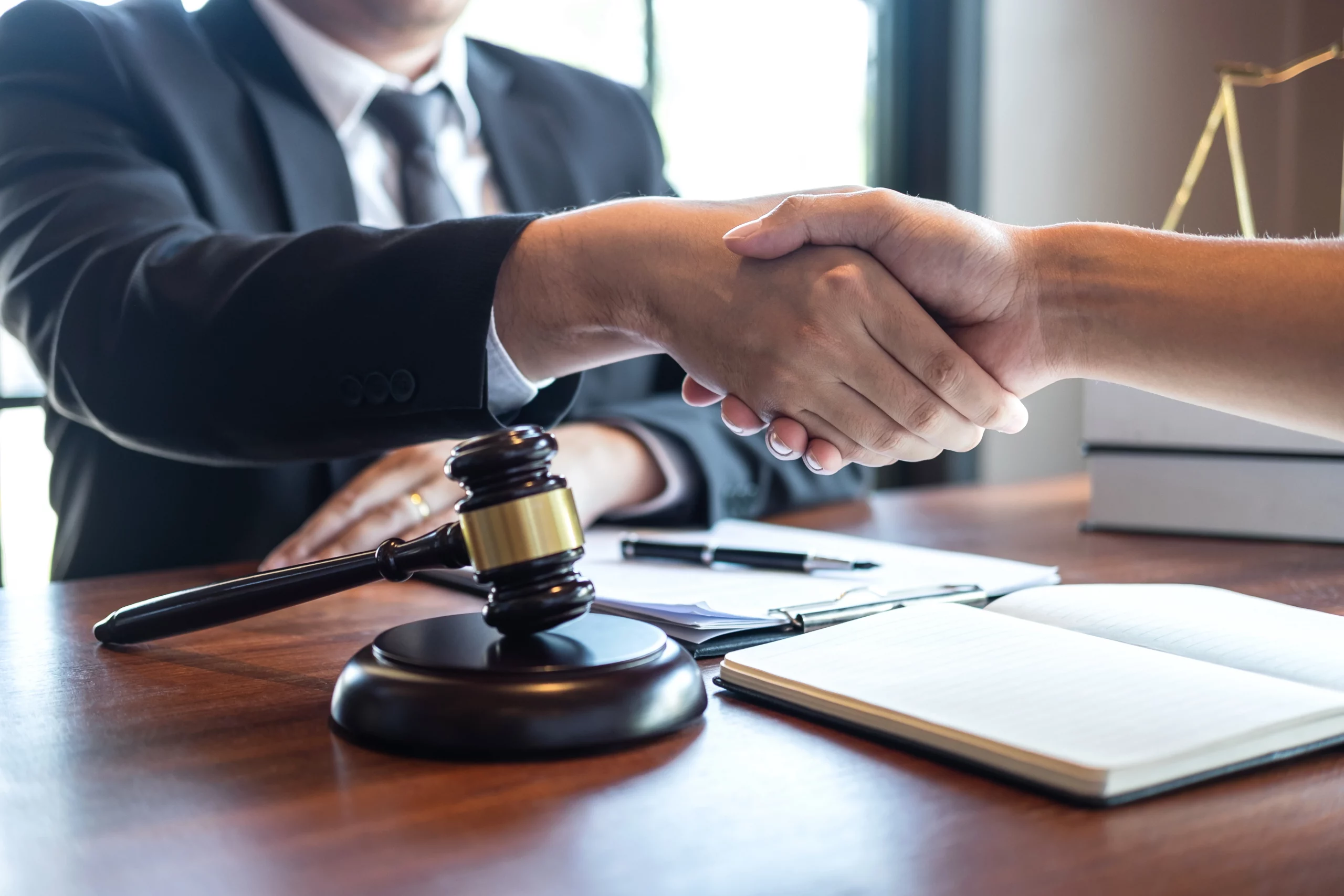Photos of your Slip & Fall Accident
Colorado Springs Slip & Fall Law Firm
Premises Liability > Claims > Photos
Learn how taking photos and video after a slip and fall can help boost your injury compensation. Get the settlement you deserve using photographic evidence.
Some say that a picture is worth a thousand words. The issue of slippery floors is particularly relevant to a claim for injuries sustained due to a fall.
You may be eligible for financial compensation if you sustain injuries from a slip and fall on someone else’s property. The property owner or store management may be held liable for your injuries, but you must first show negligence on their part before receiving any compensation.
Photos taken at the scene of a slip-and-fall incident can demonstrate many factors, including the placement of objects before the fall, the nature and severity of any injuries sustained, and even the footwear the victim was wearing.
An insurance adjuster may be persuaded to settle a slip-and-fall claim with the help of photographs and videos rather than fight the claim in court.
Injury Claims
Free Consultation
NO FEE UNLESS WE WIN
We Care About You and Your Health
After a trip and fall, pictures should be taken as evidence. Nonetheless, your health and safety should be your main focus in the initial few minutes after a fall.
Take care of yourself first if you’ve been hurt in a fall; gathering proof like photos or witness statements can wait.
- Never say “no” to emergency medical help. Please allow the paramedics to examine you if an ambulance has been called for you. Allow them to take you to the hospital if that is where they insist on taking you.
- Seek immediate medical attention. If you have been hurt and no one has attended to you, you should visit a hospital or urgent care facility.
- Third, make an appointment with your physician. Making an appointment with your doctor is a smart option if you feel fine but want to be safe. Getting checked out is a good idea because it could reveal a hidden injury.
- Fourth, explain how you got hurt because of the fall. Be sure to provide your medical professionals with the full story of how you fell and when it happened.
Without proof of a physical injury due to the slip and fall, you will not have a solid case for damages in court. An insurance adjuster will not give much weight to humiliation and annoyance unless they are accompanied by actual physical harm.
Your claim may be denied if you wait too long to get medical attention. Your insurance company will claim that you were already injured when you left the accident scene.
For the best financial outcome, a serious slip and fall victim should hire an experienced personal injury attorney.
If a slip and fall, your health should always come first. Take pictures and/or film with your phone, or have someone else do it if you can’t.
You may return to the area later to snap photos, or you could send a reliable friend or relative.
Key Photographs to Take
Every fall that ends in a slip and fall is unique. The type of photographs you should attempt to take will depend on the conditions. There are, however, specifics that you should always aim to record.
Most people always have access to a high-quality camera on their personal, thanks to the widespread use of smartphones. Use both features to your advantage when taking photographs for legal purposes.
Photos and videos of
- The accident site
- Close-ups of the hazard
- Your injuries will strengthen almost any personal injury claim.
- What you were wearing, including clothing and footwear
You can’t take too many images or films of the area around the fall that caused you to hurt yourself. You or your lawyer might subsequently realize that the photographs show crucial evidence.
Pictures from the Accident Scene
Taking pictures of the situation is crucial if you want a complete picture of what happened when you slipped and fell.
The presence of a harmful object or the owner’s failure to address a hazardous condition can be demonstrated through photographic or video evidence.
If you were injured in a fall, it is important to document the following:
- The hazard that caused the fall;
- The floor or ground around the hazard, including whether it was dirty, icy, or uneven;
- Any slip marks or wreckage from the fall, if things were knocked over;
- Any handrails or fences, if the fall occurred on steps;
- How the scene was illuminated, especially in an indoor setting, and
- The setting’s relation to the rest of the room
- Whether or not the fall occurred indoors or outside and the weather conditions at the time
Before snapping images, make sure nothing has been moved. Changing the scene by moving an item before shooting shots may give that impression. Eliminating or tampering with evidence can only serve to undermine your case.
If it becomes out that you staged one of your images, your credibility will take a serious hit. In addition, if you alter even a single photo by moving or resizing items, all of your images, no matter how genuine, will be viewed with suspicion. A false claim that you staged your injuries is the last thing you must deal with.
Recount Your Injuries and Have Them Recorded
Images of your wounds are a good way to provide visual evidence of their severity and scope. After an accident, you should photograph your wounds as soon as possible. Take pictures of your wounds as they heal to document the extent of any swelling, cuts, bruises, or scratches.
Having photographic evidence of your injuries will make it more difficult for the property owner to claim that you exaggerated your ailments.
You should snap pictures of your wounds from different perspectives, just as you did at the fall scene. Take images while wearing and without the apparel damaged in the fall.
To better explain wounds, your medical records will help. In contrast, photographs reveal every intricate feature.
Photograph the clothes and shoes you wore during the accident to bolster your injury claim.
Property owners frequently blame accident victims for their own injuries and point to the victim’s attire or footwear as contributing factors. To prove that you were not at fault for how you were hurt, taking pictures of what you were wearing at the time is a good idea.
Photographs taken on the scene should clearly show your attire and footwear. A claims adjuster or jury can see from the photos that you were not wearing anything that could have contributed to your injuries. Even if none of your garments was harmed, photographing them all is still a good idea.
Photos in vivid color
Bloodied garments or bruising can be powerful evidence of your injuries and anguish.
Evidence of your slip and fall should include your clothes and shoes. Even if they are covered in blood, vomit, or something else, you shouldn’t wash, mend, or get rid of them.
After you’ve taken pictures of your wardrobe:
Pack it up in a box or a bag.
Date your container with the time and place of your injury.
If you’re filing a claim for injuries, keep the container or bag containing evidence in a secure location until the case is settled.
Send images to the insurance company of the individual at fault, but don’t give the garments themselves to anybody but your lawyer.
When are Photographs Taken?
Even if you’re injured from a fall, you shouldn’t let that stop you from documenting your recovery with your images and films. Relying on others is understandable if you cannot move freely, are experiencing severe pain, or are in a potentially life-threatening situation.
Do not worry about pictures if you are alone and need immediate medical attention. You can return to the accident site and take photos if you get better.
Acquaintances and onlookers
Ask a bystander to snap pictures if you’re hurt in the collision. After the incident, have a trusted friend or family member take pictures.
You can ask a bystander to snap some photos if you don’t have anyone else with you during the fall. Get his or her name and number, though.
Whenever anything major happens in public, many people immediately pull out their iPhones to record it. Inquire if anyone has any photographs of the incident or its aftermath they would be willing to give.
Example: The Grocery Store Slip and Fall
Lisa has gone to the supermarket to buy some food. She gets distracted by the coolers as she walks past the frozen food section and doesn’t see the puddle of melted ice cream. The wetness causes her to slip, and she breaks her arm.
The store manager summons emergency medical services and instructs Lisa to remain in place until help arrives.
Mrs Jones, a fellow shopper, offered to wait with Lisa for the paramedics. Lisa makes a phone call to her spouse while lying on the floor. Then she asks Mrs Jones to take pictures by taking her phone.
When Lisa was lying in the aisle, Mrs Jones took pictures of her. She photographed Lisa’s bandaged arm, as well as her outfit, the floor, and a bowl of ice cream. She filmed the E.M.T.s placing Lisa on the stretcher and then returned the phone to Lisa.
Lisa submitted a claim with the grocery store’s insurance company, but the company denied her claim, saying there was no spill. They continued by saying that Lisa tripped over her feet, so they couldn’t be held liable for what happened.
In addition to the photographs, Lisa also received a written statement from Mrs Jones attesting to the circumstances surrounding the taking of the photographs.
Because of the evidence Lisa had provided in the form of photographs; her insurance claim was quickly resolved. The insurance adjuster was concerned that Lisa’s photos could be used as proof in a claim.
Quickly Collect Photographic Evidence
A slip and fall event should be documented as soon as possible after it occurred through the use of photographs.
If property owners can wait, even for a day, they have a chance to alter the environment. Either the risk that led to the fall can be removed, or the accident scene can be covered up.
In addition, business owners usually want to clean up when an accident occurs for the safety of their customers. Whether or not their public safety worries are justified, they will still work against you. The collision scene may be cleaned up and evidence removed if photographs are not taken immediately.
Outside falls require prompt attention as well.
This is especially true if weather conditions contributed to the mishap. A fall outside can be exacerbated by several factors, including ice, dirt, damp leaves, and wet, slick wood. In the event of a weather change or a temperature rise, these problems may soon disappear.
Consider the possibility of slipping on an icy sidewalk. The ice may melt if the injured person waits a week to take a photo of it due to rising temperatures.
To solicit CCTV footage.
Many privately-owned establishments have inside and exterior security cameras that the general public might not know about. Evidence gleaned from a surveillance camera can strengthen your case. The video can serve as evidence of the time and location of your injury and the owner’s negligence in causing it.
Even if you don’t see a camera, you should presume that your slip and fall were recorded. Similarly, you shouldn’t rely on the word of the salesperson. After all, the cameras also monitor the shop staff.
To safeguard yourself after a slip and fall accident, you should request that the property owners or management maintain, or keep safe, any records or materials, such as surveillance camera film, that might support your claim.
While you are still hurt, you can notify the property owner that you plan to claim damages. Time is of the essence before vital recordings are recorded over or lost.
To facilitate the filing of an injury claim, we have provided a Sample Injury Claim Notification Letter that includes language requesting the preservation of security camera films and other important evidence.
To request that a corporation keep surveillance footage is one thing. In another step, you must convince them to give you a copy. Any films, files, reports, or other records kept internally by a company are confidential and need not be handed over voluntarily.
However, a subpoena from your lawyer can compel them to hand over the material.
A subpoena is a formal request for the production of documents or the attendance of a witness in a legal proceeding. Subpoenas are legal documents often drafted by an attorney and a judge.
Photographs and Videos of Accidents and Injuries: Why They’re So Vital
To prove that you are entitled to financial compensation following an accident, it is highly recommended that you take photographs of the scene.
Owners have a responsibility under premises liability law to maintain their properties and ensure the safety of their guests. If they don’t, they could be held liable for the well-being of the accident victim.
It is not always simple to prove that a property owner was at fault. Many owners would try to shift the blame by saying the victim was to blame for the incident. Owners may accuse you of faking an injury to collect insurance money.
You can prove the legitimacy of your claim with photos and videos recorded before, during, and after the accident. Visual evidence can be used to prove the existence of a hazardous condition on the property and to establish that the hazard was not immediately evident to those on the scene.
Images may also imply that a hazard exists that the owner had the means to eliminate but chose not to.
Evidence of the Store’s Destruction Can Be Proven with Pictures
As was previously noted, it is the responsibility of business owners or managers to ensure the safety of their establishments.
In an accident, business owners are aware that they may be held liable and, as a result, be required to pay damages out of their own pockets. If a manager is found to have caused or failed to prevent an injury, he or she may face disciplinary action from higher-ups.
Any proof of the accident could be destroyed on purpose by an owner or manager looking to avoid legal action.
Evidence is lost when a business or property owner does things like
- “loses” surveillance footage or “accidentally” tapes over it;
- Cleans up a spill without taking pictures of it;
- Repairs broken stairs or railings after an accident has occurred;
- Throws away broken merchandise that contributed to a fall;
- Rips up, throws out, and replaces rugs or carpets that contributed to the accident.
Spoliation is the term for when evidence is destroyed in this way. In light of the severe penalties associated with destruction, many customers are shocked to find that establishments would knowingly dispose of potentially incriminating evidence.
Conclusion of the Case Due to destroying video evidence, Wal-Mart was fined.
This lawn swing was on exhibit in front of a Wal-Mart Sam’s Club in 2015, fully constructed. Roberto Rivera-Mojica, a paying customer, sat on the swing but was afterwards thrown to the ground when the swing malfunctioned. The fall caused fatal brain injuries to Roberto.
Lainey Rivera, daughter of Roberto, sued Wal-Mart through her lawyer. According to the lawsuit, Roberto’s death and injuries were the store’s fault because there was no warning sign advising customers not to sit on the swing and the swing was already damaged when Roberto sat on it.
When asked if the swing was broken or if it was the cause of Roberto’s fall, Wal-Mart said neither.
Rivera’s lawyer requested security footage from the store to show that Roberto’s fall was due to the damaged swing. A video recording of the incident, however, had mysteriously vanished. Legal representation for Rivera requested that Wal-Mart be “sanctioned” or punished for the destruction of the videos.
The court found that Wal-Mart had willfully disposed of relevant material. She mentioned eighteen further incidents of evidence tampering by Wal-Mart.
The judge’s penalty was twofold: she ordered Wal-Mart to cover some of Rivera’s legal bills and urged the jury to believe that the destroyed CCTV film would have helped prove Rivera’s case.
Walmart paid Rivera a settlement soon after, avoiding a trial.
There is always the risk of evidence destruction in personal injury claims, particularly slips and falls.
Taking pictures of the accident scene would be very helpful in bringing light to this practice. You can prove accountability and responsibility by showing that the shop deleted evidence.
Techniques That Can Help You Take Better Photos As Evidence
You can take steps to improve the quality of your post-accident photographic evidence.
Your phone’s camera will likely be the only one you can use. All of the following hints are applicable when taking photographs with a smartphone.
Take Photos from Various Perspectives: Take pictures and movies from different perspectives to get the full picture. The scene and the relationships between objects can be better understood with shots taken from various perspectives.
Split the difference between a picture taken with and without flash: When lighting is inadequate, people are more likely to trip and fall. Assuming you fall, the lights may be used as proof that you did not trip. The darkness, though, can render photographs unusable.
Yes, keep the photo even though it doesn’t show anything. This time, turn on the flash and snap another shot of the same things. In this approach, you may compare a well-lit scene version with a darker version that highlights the shoddy lighting.
Check the Image Clarity: Evidence from blurry photos is weak. When the shutter is closed on a photo, any camera movement can cause a blur. The subject may be out of focus if the camera isn’t careful. Keep the camera steady and examine the shots one by one.
Don’t Use a Filter: If you want your smartphone camera’s photos to have a more polished, artistic look, resist the need to employ a filter. The use of filters, which can affect the image by changing the lighting and the image itself, may cause viewers to question the authenticity of your photographs.
Save Them In More Than One Place: Back them up on another device, like a computer, as soon as possible after taking the photos to ensure you won’t lose them. You may also email them to yourself for future reference. This way, even if your phone is damaged or lost, you will still have a copy of the proof you need to proceed.
Watch Your Eyes: You should always look over your photographs. Glare can completely obscure the image, making it impossible to enjoy the film. When photographing a store spill, this is a common occurrence. The spill might not be seen because of the glare of the overhead lights.
You can crop and enlarge photocopies: Some pictures were taken too far away or have distracting backdrops. These can be manipulated to emphasize specific details. You should save the original photo as proof that it was not altered deceptively.
Don’t forget the colour filters:To avoid monotony, stick to colour shots. The image’s colour might serve as a visual aid in describing the scene.
Find the Legal Counsel You’re Looking For
You should see an attorney recover anything close to what you deserve after a serious accident. Insurance adjusters have extensive training in the methods and techniques to reduce costly injury claims.
Your ability to negotiate your slip and fall claim is greatly enhanced if you have only minor injuries and your insurance provider is willing to pay for them.
If the company denies responsibility for your injuries or tries to pin them entirely on you despite your photos, you will need legal representation to support your claim.
A simple phone call from your lawyer can often transform the adjuster’s attitude. Pictures and videos taken at the site can be utilized as evidence that the property owner’s carelessness led to your injuries by an experienced attorney.
A lawyer can also subpoena surveillance footage and other evidence from the business you otherwise wouldn’t have access to.
Most personal injury lawyers provide free consultations and are willing to take cases on a contingency fee basis. This implies that you won’t owe them anything unless they obtain compensation for you.
Investigating the services of a reputable personal injury lawyer is free of charge and does not obligate you in any way.

FREE CASE REVIEW
We are standing by ready, willing, and able to help you. You can schedule a free consultation here on our website, or give us a call and talk to us. Whatever you prefer, we will accomodate you!








